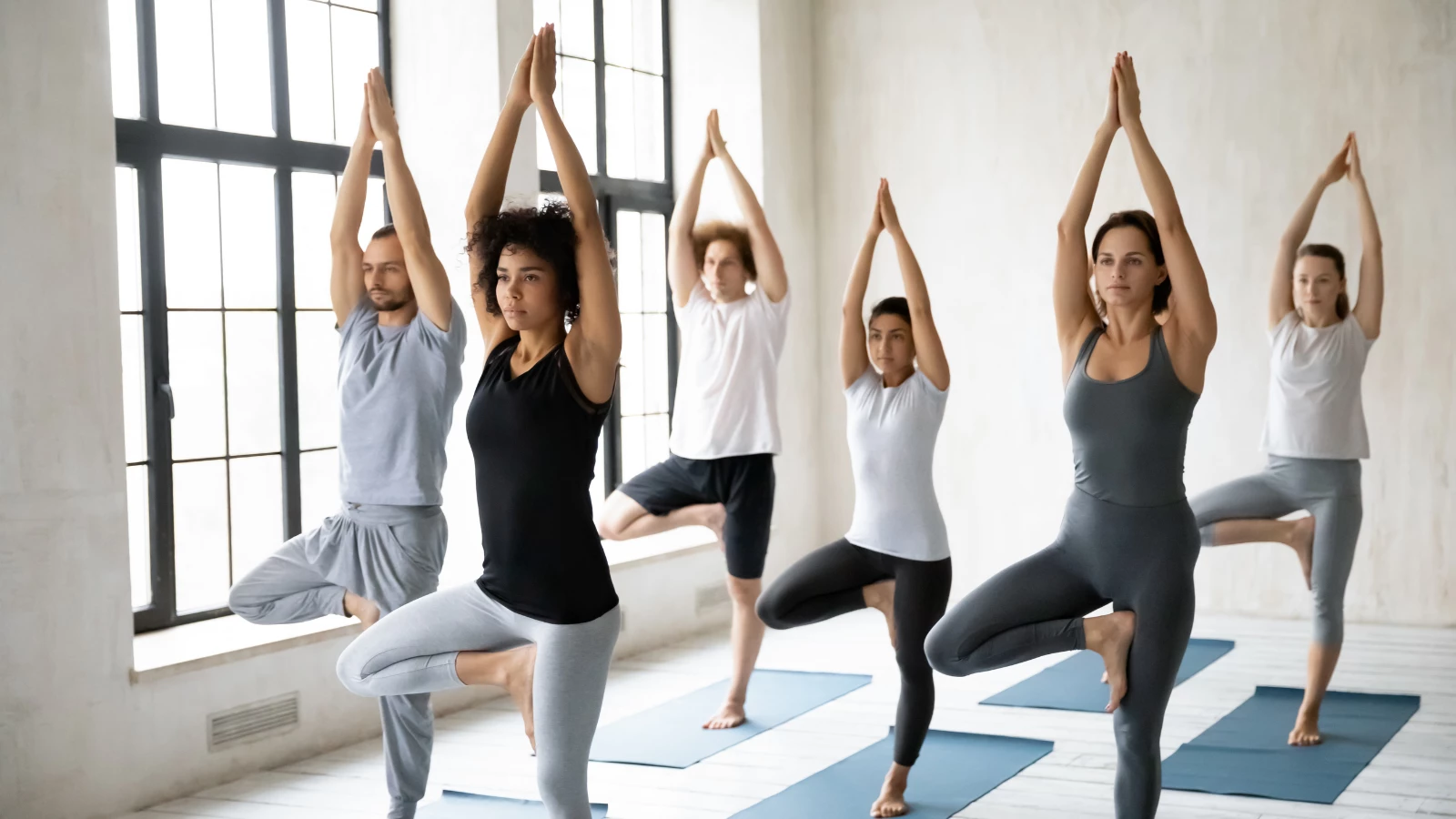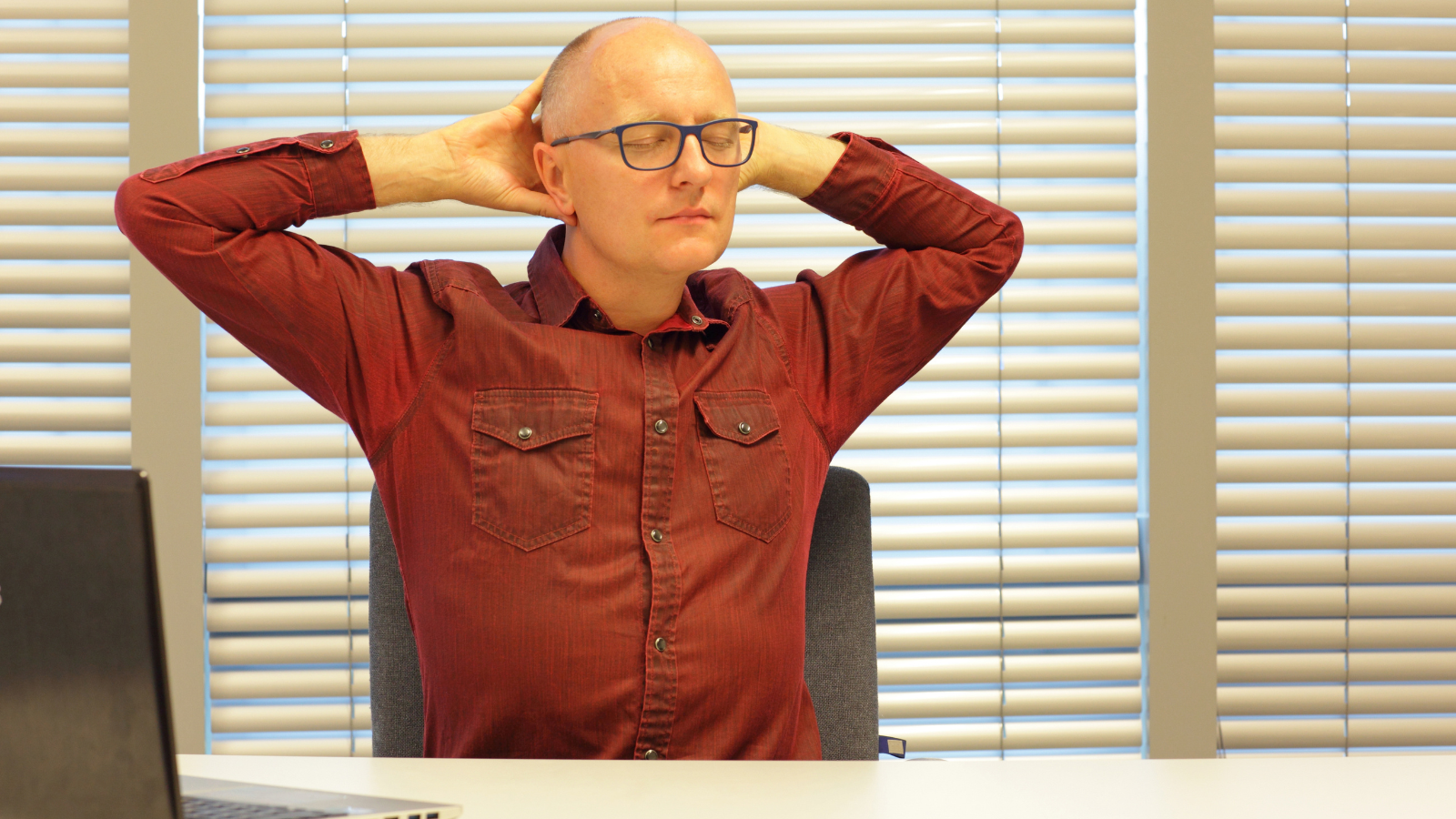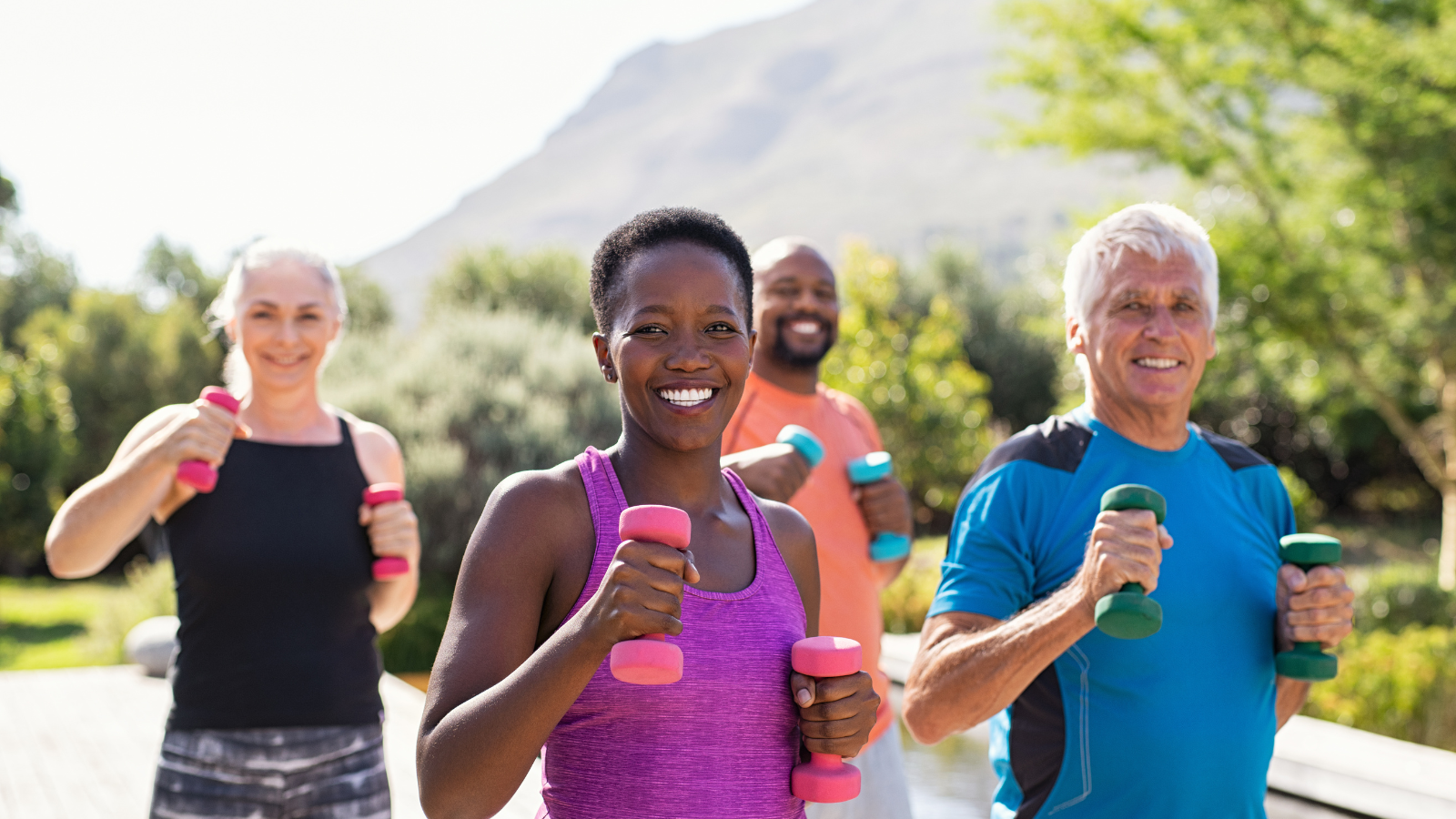Practice Yoga for Mobility
Not Just to Stretch

Article At A Glance
As you get older, you may find that your flexibility isn’t what it used to be. Suddenly, sitting on the floor, squatting, or tying your shoes takes effort — and maybe a grunt. Does this mean you need to stretch more? Maybe. Or maybe yoga for mobility might be even more effective.
I’m a big fan of stretching. Stretching feels good — even more so as I age. But it’s not that way for everyone. And stretching what feels tight is not always an effective way to gain flexibility. A muscle may feel tight without actually being shortened. What benefit is there in stretching just for stretching’s sake?
The tasks listed above require flexibility. But they also require joint mobility and motor control. If you have limited mobility in your hips, pelvis and/or back, stretching your hamstrings will do little to nothing to help you touch your toes. In order to execute functional tasks like squatting and reaching the floor, you need a balance of mobility, flexibility, and motor control — not just one of these things. Aging impacts them all.
Yoga for Mobility, Flexibility, and Motor Control
Mobility and flexibility are not the same. Mobility is a joint’s ability to move through its full range of motion. Anyone who has experienced a fracture or serious injury knows what I’m talking about. If you break your ankle, getting mobility back is tough! You may need professional hands to mobilize your joints and regain function.
Flexibility is the ability of your muscles and soft tissues, such as tendons and fascia, to elongate through your joint’s available range of motion. It’s what most people consider a benefit of yoga. Yoga helps with mobility and motor control too (and so much more), But people often start doing yoga because they want to become more flexible. And that they do — in body and mind.
Motor control is your nervous system’s ability to regulate and direct movement appropriate for a specific task. This is essential when training for a sport. You can strengthen all you want, but if you don’t move efficiently, it is just a matter of time before you hurt yourself.
Balancing the Elements of Movement
If you move easily and feel good doing it, chances are you already have a balance of flexibility, mobility, and motor control. But when movements that were once easy beginning to feel difficult or you feel stiff and awkward doing them, you are probably slipping in one of these areas.
It’s not always easy to know which it is, but the source often reveals itself in time. If stretching doesn’t feel good or doesn’t help you perform a specific task better, why keep doing it?
Your flexibility problem may not be tight muscles.
5 Common Reasons You Might Feel Tight
1. If We Want Mobility, We Have to Move
Many of us sit on our butts for a good portion of the day. This can cause what’s called adaptive shortening—when the muscles that flex your hips and knees become shortened. You will also have weak gluteal muscles from sitting on them. You may appreciate this when you stand up after sitting for hours.
Stand-up desks are a great tool, but standing isn’t the fix-all. You need to get up, move your joints and increase circulation. Stretching what feels tight may help, but what matters more is the frequency you change positions and what you do when you are not at work.
2. Muscle Imbalance issues
The job of our muscles is to move our limbs and to help stabilize (and move) our joints. If we perform the same tasks and are in the same unnatural positions each day, we develop muscle imbalances. This is true for elite athletes that develop muscle dominance as part of their sports and for the average person who doesn’t move their body in all the ways it is capable.
The shortened muscle group will move the bone it attaches to closer to its origin, altering joint alignment. The opposing muscle will lengthen as it attempts to pull that bone back to its optimal position. If we stretch the muscles in our body that feel tight without also strengthening the opposing muscles, our efforts will be short-lived or, worse, detrimental.
3. Arthritis Impedes Mobility
Arthritis is not just a disorder or disease for the older person. Younger athletes develop arthritis from the wear and tear that the repetitive movements of their sports require. A history of injury may also cause your joints to degenerate prematurely. As a joint becomes unstable and/or stiff because of losing the static stability and cushion that cartilage provides, the muscles that cross that joint will work harder to compensate. Stretching doesn’t always help.
Arthritic joints don’t move like healthy joints. There is an inflammatory aspect to arthritis. Stretching the muscles that cross an arthritic joint rarely feels good on the irritated joint or the strained muscles. It is more effective to move the joint in a pain-free range often and to strengthen the muscles that support the joint in a way that isn’t stressful.
Exercise such as therapeutic Pilates, Tai Chi, gentle yoga, Qigong, and similar movement practices may benefit joint health more than stretching alone.
4. Repetitive Injury or Micro-Trauma
If you have had surgery, you know what scar tissue is. It’s that thick, non-pliable tissue that doesn’t like to be pulled on. Scar tissue can also form with micro-traumas like repetitive strain or an actual injury. Tendonitis and its successor, tendinopathy, are good examples of the effects of repetitive strain. The tissue becomes inflamed and develops irregular strands of collagen and thickness. While stretching may help sometimes, it is rarely the solution. What you end up stretching is the tissue on either side of the scarring, not the scar tissue itself.
Should you still stretch scar tissue? I would say yes if it feels good and helps you to move better. Using tools such as a foam roller, dry needling, acupuncture, laser therapy, and deeper fascia work such as Rolfing may be more effective. Increasing blood flow to the area is important; doing this solely through stretching is not likely to help.
5. Mobility, Flexibility, and Your DNA
Being inflexible or too flexible is not optimal and (mostly) determined by your genes. If you had to choose, being less flexible is better. Too much flexibility can lead to injury when your joints get challenged at the end of their range. If you fall into either category (too much or too little), you could blame your parents, but where will that get you? Learning to stay strong and maintain control throughout your available joint range of motion will help you stay injury and pain-free.
Find a Strength and Mobility Program to Fit Your Unique Body
If you aren’t sure how to squat properly or what controlled movement looks like, find a knowledgeable fitness professional who can assess how you move and helps you do the tasks you struggle with more safely and efficiently. Physical therapists, chiropractors, and some highly trained personal trainers can assess movement and dysfunction and can help you design an appropriate strengthening and mobility program for your body.
You may discover some techniques to address dysfunction yourself. If you have trouble bringing your foot up to tie your shoe, for example, a stretch that mimics this activity makes sense — as long as it feels good.
How to Improve Mobility for Joint Health
Stiffness does not mean you need to stretch. Tightness does not mean your muscles are short. And being inflexible does not mean you should push harder. Understanding how to move effectively and efficiently will be of more benefit than stretching for joint health and improving mobility long term.
What you eat, how much you sleep, and the activities you choose will also impact your overall health and the health of your joints. Flexibility may have less to do with your ability to bend and more with your ability to move well, in a controlled manner, and within the confines of your structure.
Stretching may be exactly what you need, but it’s rarely the only thing you need to stay flexible. So should you stretch just for stretching’s sake? Yes, give it a try! But adding variety to your fitness routine is often the key to feeling better and moving well.
Also, read...
Warrior I Pose: 5 Strengthening Variations
The Yoga Sutras: Practicing Non-Attachment without Becoming Detached
4 Easy Ways to Use a Sandbag in Yoga Practice
Related courses
Breath as Medicine: Yogic Breathing for Vital Aging
Yoga and Myofascial Release: Releasing Chronic Tension with the Bodymind Ballwork Method

Christine Carr, c-IAYT, eRYT 500 has been a physical therapist for over 20 years. In her youth, she was constantly hurting herself. This motivated her to learn how to recover from injury and heal herself, naturally. She loves to learn. Studying the human body, and mind and how they function together is exciting to her. She has a diverse academic background with experience that includes orthopedics, yoga, and functional medicine. She enjoys teaching others how to recover from injury, manage their condition, and improve their function and performance.
Christine enjoys any and all sports available in this beautiful area or kicking back with a good book in her spare time. She has recently started gardening, though she said she has much to learn!







